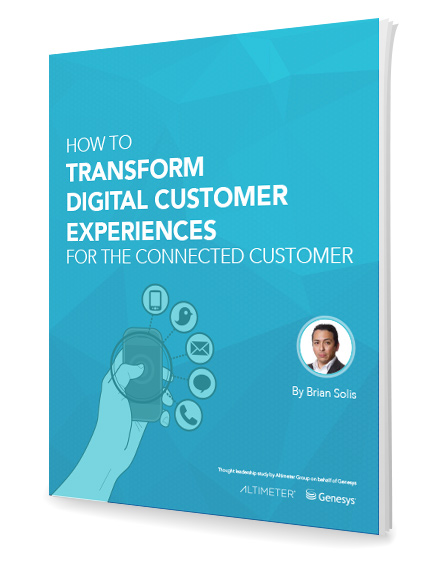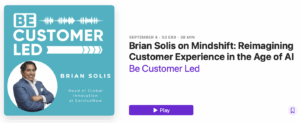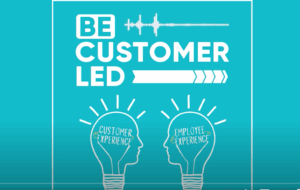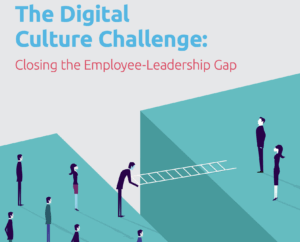Digital transformation is only becoming more prominent in driving business modernization. Yet today, it is rarely designed, led and managed as one, sweeping, coordinated effort across the enterprise. Eventually companies get there as outlined in “The 6 Stages of Digital Transformation.” But, most of the time it starts disparately in pockets across the organization.
Many business units learn and progress independently before regrouping with the rest of the organization to then move in unison and with purpose. This is why the topic, for now, is incredibly varied and segmented across every discipline. For example, each group is focused on the “digital transformation of…”
- IT
- Marketing
- Customer Service
- HR
- Recruiting
- Law
- Finance
- Supply Chain
In my years of tracking the evolution of business, there’s usually a flashpoint that compels leadership to officially sanction digital transformation, unite efforts and organize cross-functional leadership teams. Depending on business priorities, that flashpoint is more often than not, customer experience (CX). Customers are becoming increasingly connected and as such, their behaviors, preferences, values and intentions evolve. I refer to this new generation of customers as “Generation-C” where the “C” stands for connected. Unlike other generations such as Y and Z, this group is is not bound by birthdates but instead by shared interests, behaviors and lifestyles. Connectedness spans age groups and other traditional demographics setting the stage for a new era of engagement.
The truth is that many businesses today still operate against aging models built at a time when customers, and businesses, were radically less connected and empowered.
The gap between the traditional customer and digital customer is only widening. The technology required to deliver an effortless omnichannel customer experience (CX) is very different than the setup required for traditional customer engagement. How you invest in digital transformation and CX can be the difference between a compelling competitive advantage and market irrelevance.
A while back, I partnered with Genesys to develop a guide to help businesses identify critical gaps and close the loop in digital transformation. It’s still as helpful today as it was then. Please download, “How to Transform Digital Customer Experiences for the Connected Customer.”
In it, we review:
- Top challenges facing digital transformation
- Digital Customer Experience Transformation Checklist
- Digital CX strategies industry leaders are adopting to deliver delightful and intuitive CX
When we released the report, we also shot a series of rapid-fire videos to focus on key facets of digital transformation to accelerate and focus change. Each video is sub 2 minutes. I hope they help you.
How Can Companies Compete and Win Over Digital Customers
Why is Customer Experience the New Imperative
What Are the Key Ingredients for Digital Transformation?
Why is An Omnichannel Customer Experience Strategy Critical
Is CRM Enough to Deliver Great Customer Experiences?
What is the First Step in Designing Digital Customer Experiences
How Can Journey Mapping Improve Customer Experience?
About Brian
Brian Solis is principal analyst and futurist at Altimeter, the digital analyst group at Prophet, Brian is world renowned keynote speaker and 7x best-selling author. His latest book, X: Where Business Meets Design, explores the future of brand and customer engagement through experience design. Invite him to speak at your event or bring him in to inspire and change executive mindsets.
Connect with Brian!
Twitter: @briansolis
Facebook: TheBrianSolis
LinkedIn: BrianSolis
Instagram: BrianSolis
Youtube: BrianSolisTV
Snapchat: BrianSolis






ONE COMMENT ON THIS POST To “How to Transform Digital Customer Experiences for the Connected Customer”